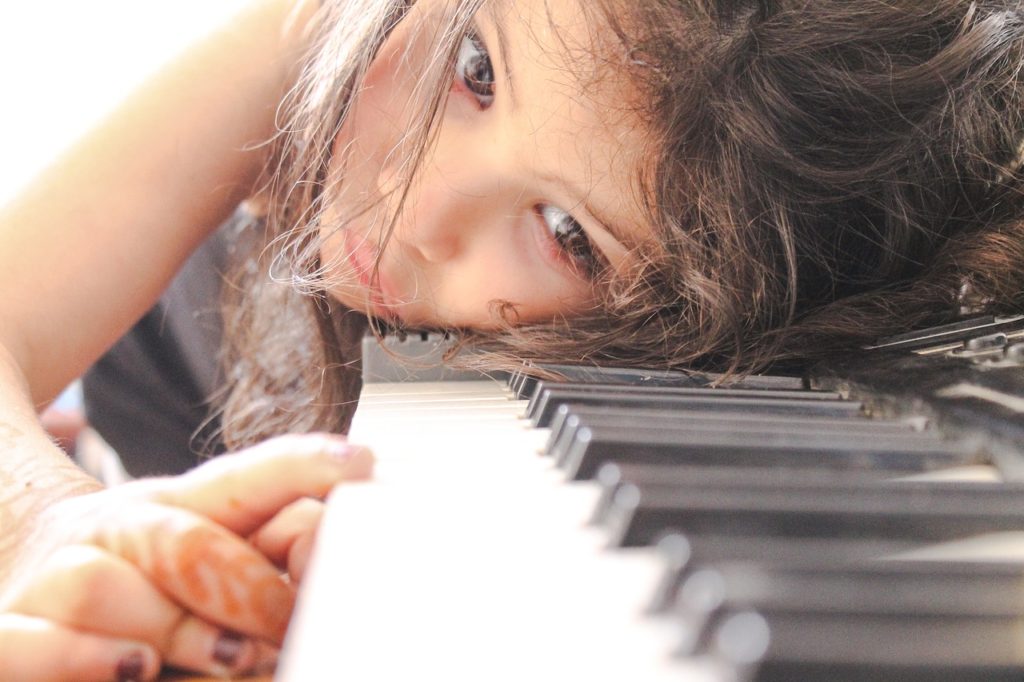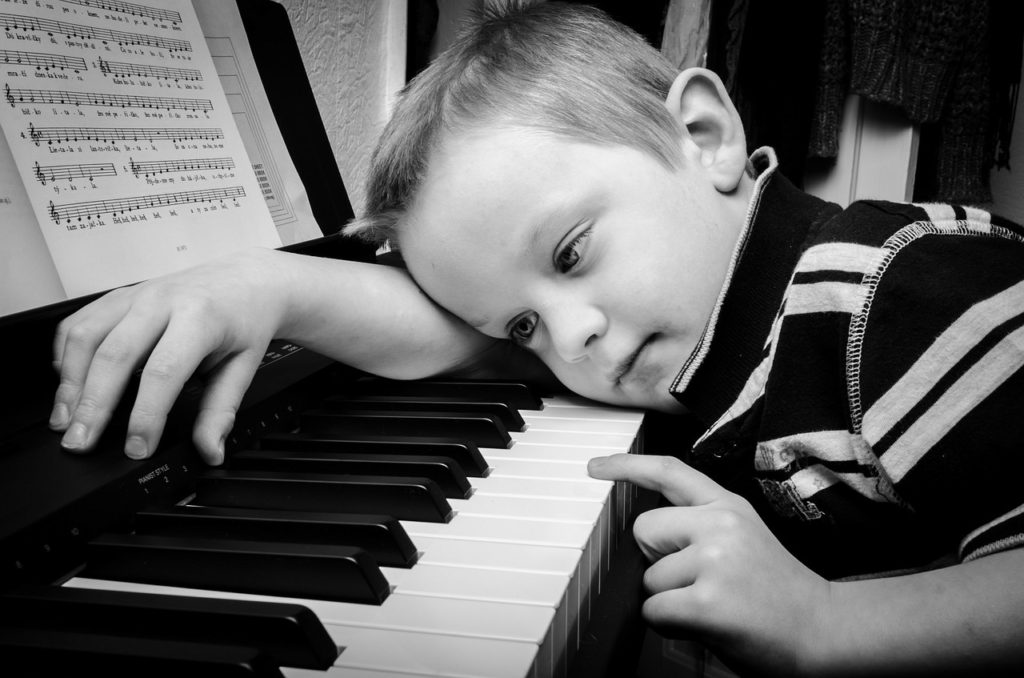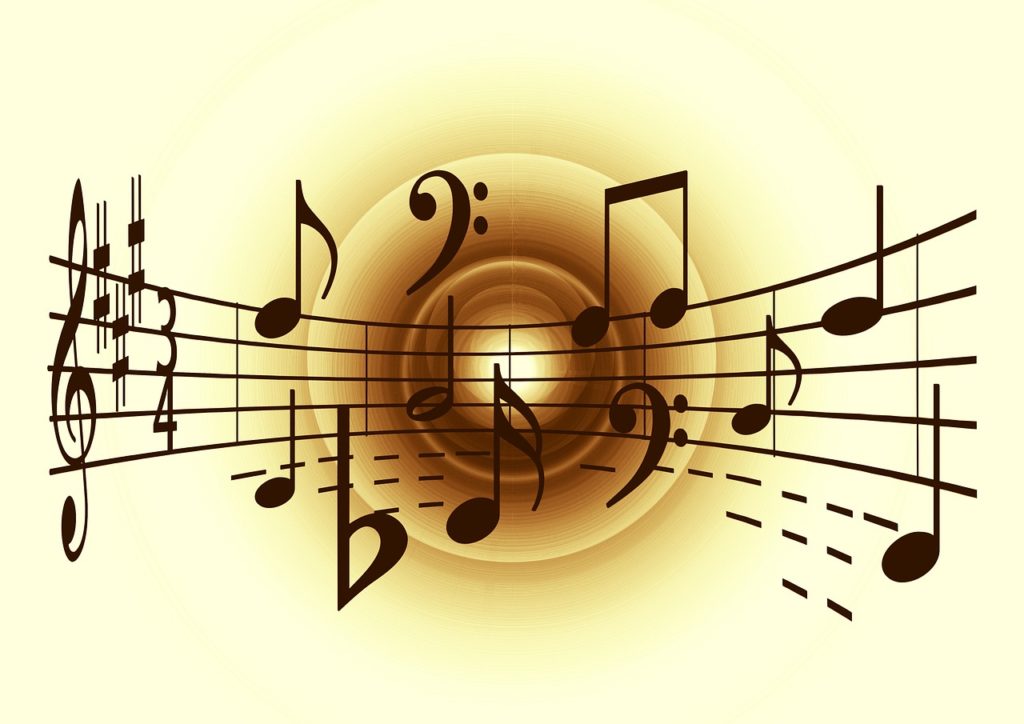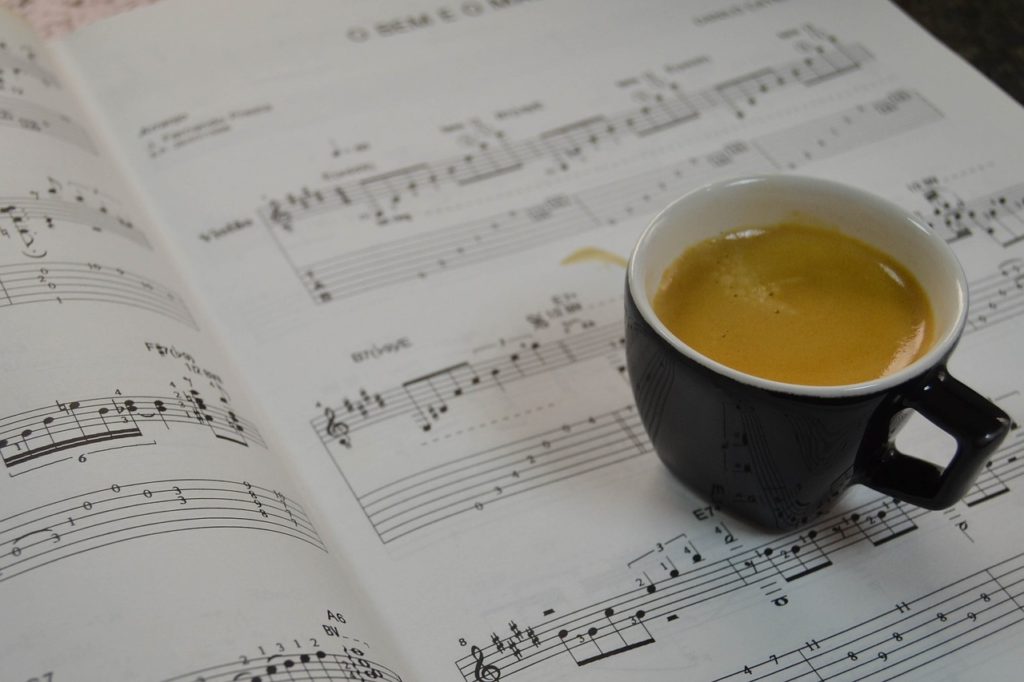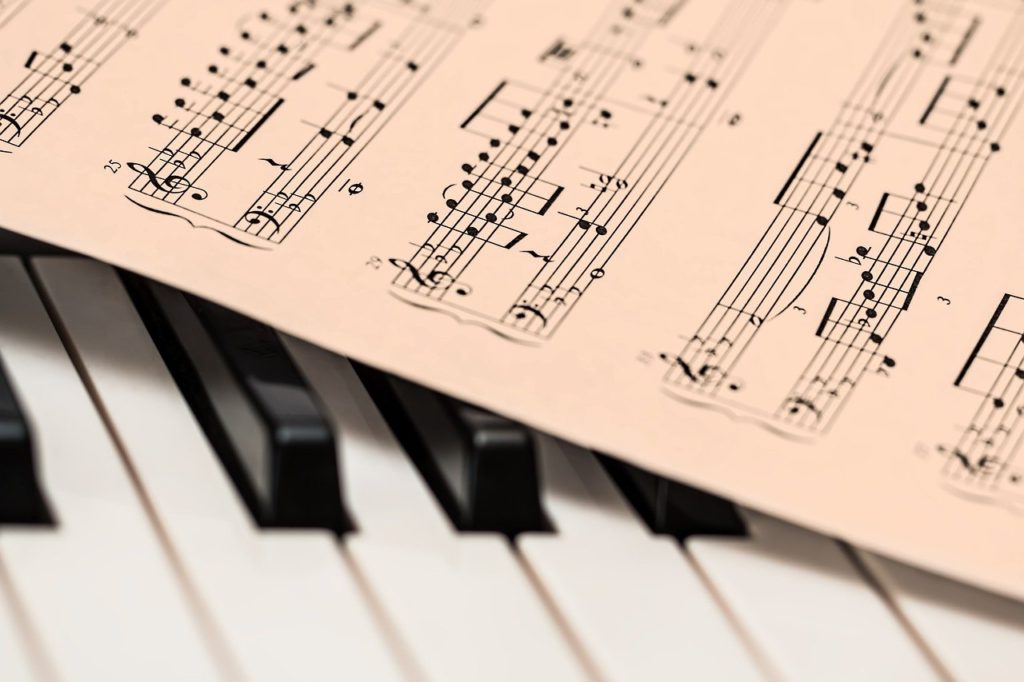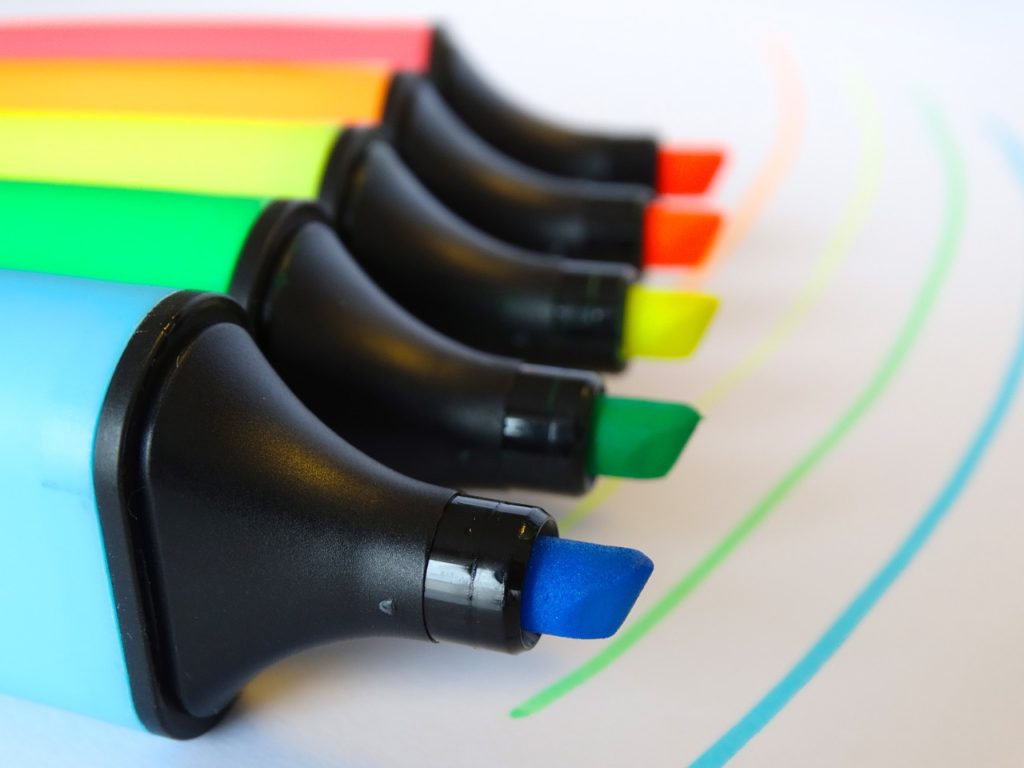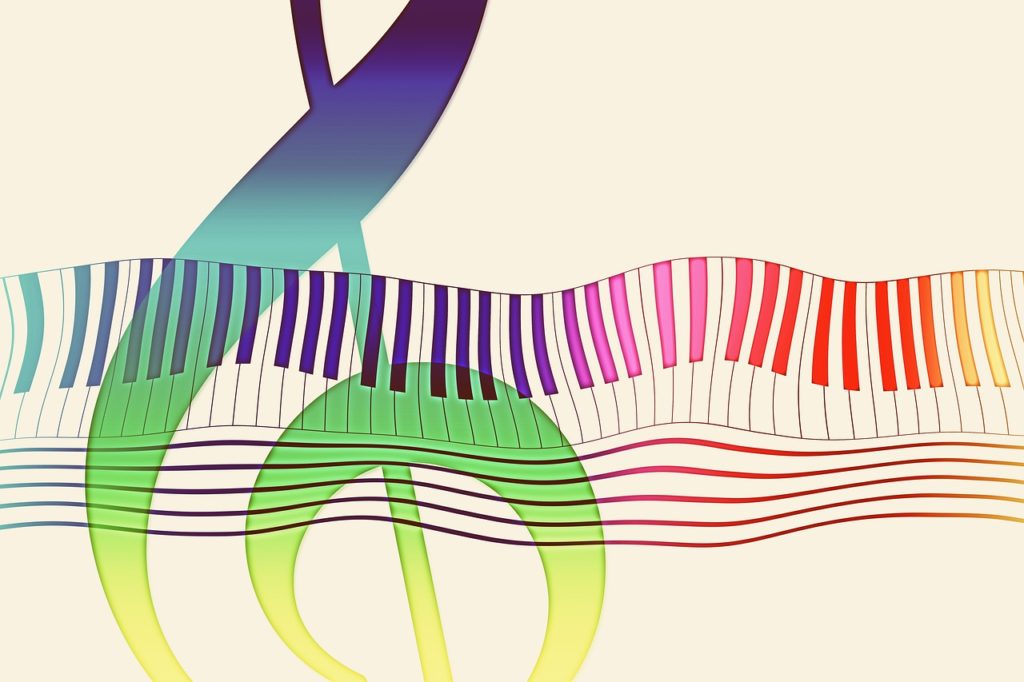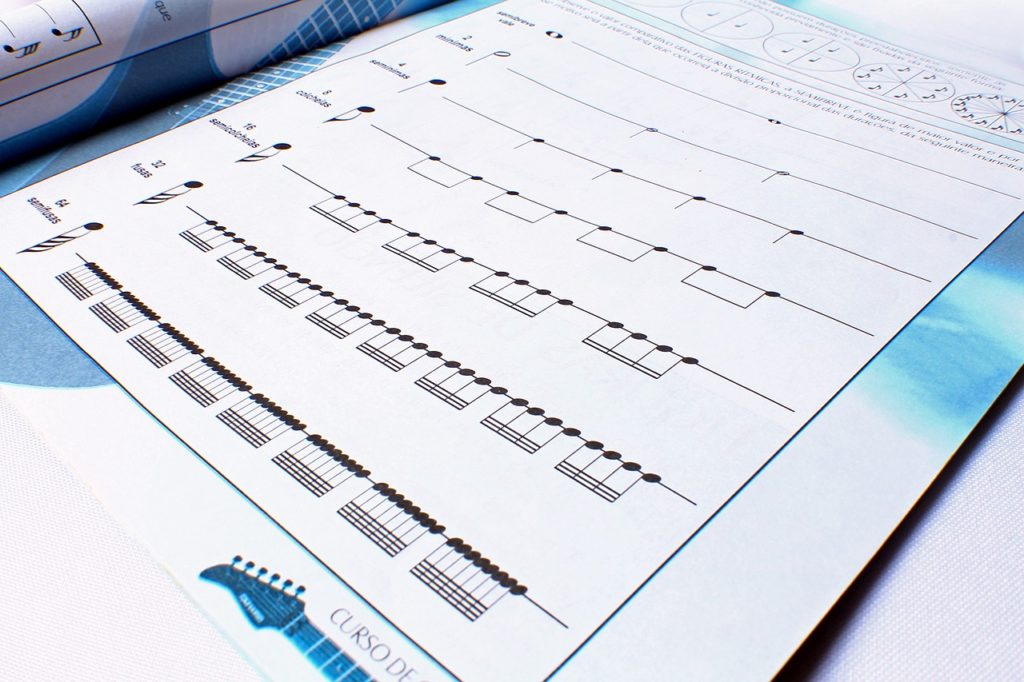Autism

Autism
What is Autism?
When people say autism, the movie Rain Man springs to mind for many people. The movie paints the picture of a man who has limited ability to communicate and socialize, with little awareness of his surroundings. However, he possesses a gift for math.
I’ve taught students who acted like Rain Man. However, not all people with autism are gifted, and many people socialize well enough that it’s not instantly obvious that they are autistic.
The Autistic Spectrum
Autism is often described as a spectrum (ASD) because there is such a great range of behaviors and abilities for people with autism.
I have a friend with ASD, and he likes to say that autism is a learning disability. However, it’s not an academic learning disability, it’s a social one. Academic learning disabilities (LD) can also manifest alongside ASD.
Nevertheless, people with ASD will generally have a difficulty with picking up on facial and vocal social cues. This makes socializing difficult. They will also have difficulty with change and will also be passionate about their interests. Sometimes they will become so involved with the things they’re passionate about that it makes socializing with others problematic.
Autism and Music
Because autism lies on a spectrum, autistic musicians can interact with music in many ways. Some people with ASD will be talented musicians who have an excellent ability to sight read. These students will generally respond well to traditional teaching methods. However, because of the social issues, music teachers will still need to be sensitive to the student’s needs.
Other music students on the spectrum will also have LD. For these students, adapted music lessons, with an emphasis on color coding, will be effective.
Students who trend toward the classic end of the spectrum will often benefit from music therapy more than adapted music lessons. However, some classic autistic students do fine with adapted music lessons.
Autism and Garage Band
I recently attended an online conference at Berklee College of Music called the ABLE Assembly. In this specific session, the presenters talked about how iPads can provide an access point for special needs students. Mainly, they focused on students with extreme coordination issues.
They showed how to use the accessibility controls in Garage Band to tailor the iPad to each student’s strengths. The results were really good and provided a way for students, who would not do well in traditional music lessons, to interact with the music.
– Geoffrey Keith
See the posts below for full descriptions.
© 2022 Geoffrey Keith
Back to the Successful Music Student Blogs page


